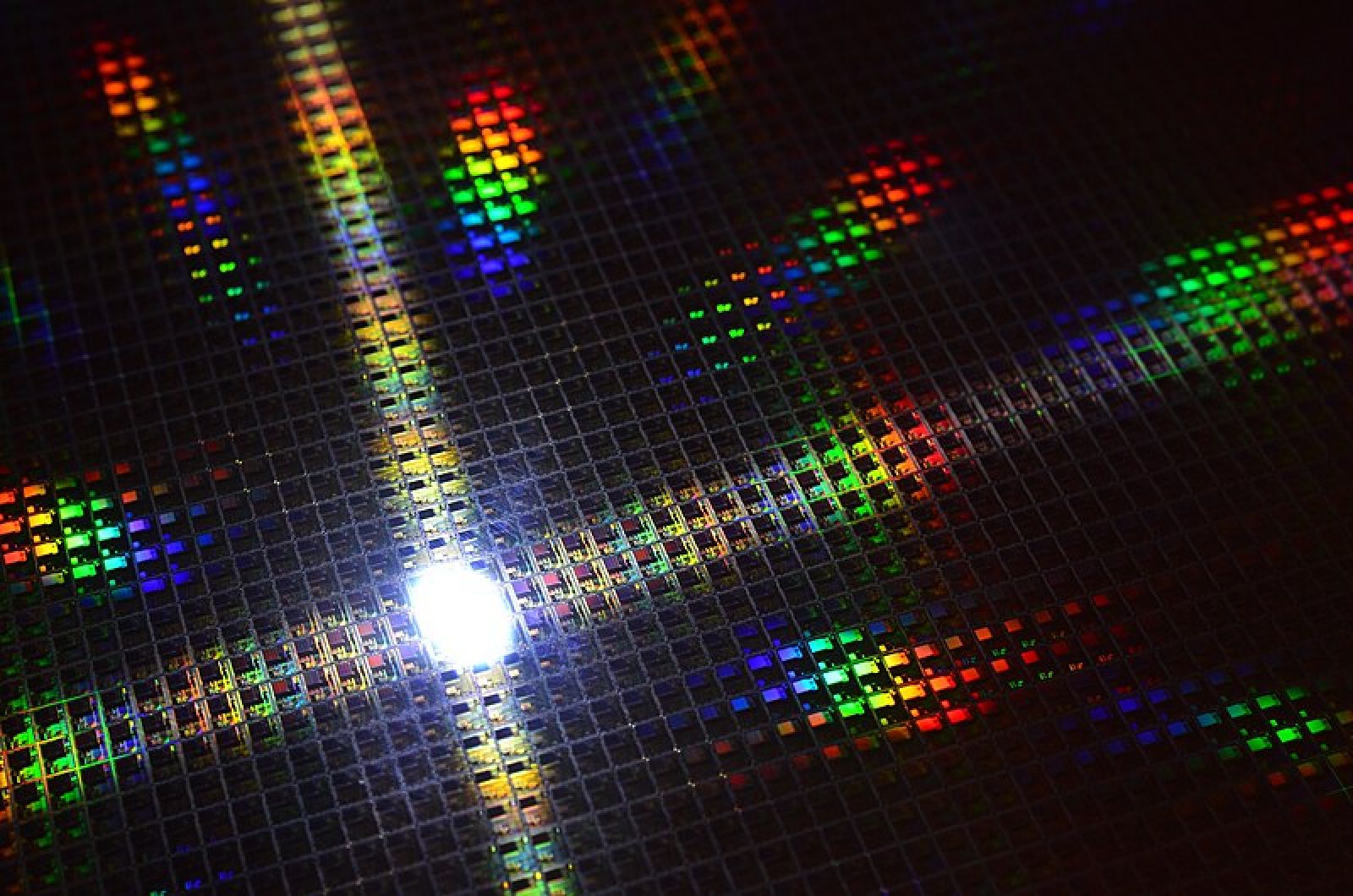MRAM: the future of computer memory finally here? ⚡
Follow us on Google News (click on ☆)
This innovation is based on MRAM (Magnetoresistive Random Access Memory), known for its speed and ability to retain data without power. Unlike traditional RAM, MRAM does not slow down under heavy demand.
The limitation of MRAM was its high energy consumption during data writing. Researchers have overcome this obstacle by developing a new component that significantly reduces the energy required to change the polarity of the medium.
In a paper published in Advanced Science, the scientists describe their prototype, a heterogeneous multiferroic structure. This structure integrates a thin layer of vanadium between ferroelectric and piezoelectric materials, enabling magnetization by electric field.
This vanadium layer plays a crucial role in stabilizing the direction of magnetization, a recurring problem in previous MRAM devices. Tests have shown that the magnetic direction can be reversed with an electric current, while maintaining stability without power.
However, the study did not address the degradation of switching efficiency over time, a common problem in electrical devices. Despite this, this technology promises more durable and powerful use in commercial computers.
Finally, this new approach to MRAM could change our approach to computing by offering superior performance with reduced energy consumption. It represents a promising alternative to current memory technologies, without requiring moving parts.
What is MRAM memory?
MRAM, or Magnetoresistive Random Access Memory, is a storage technology that combines the advantages of RAM and traditional storage memories. It is capable of retaining data without power, while offering fast access speeds.
Unlike dynamic RAM (DRAM), which loses its data without power, MRAM uses magnetic junctions to store information. This allows for long-term data retention, even in the absence of current.
MRAM is also non-volatile, meaning it does not require constant refreshing to maintain data. This characteristic makes it particularly interesting for applications requiring high reliability and low energy consumption.
Finally, MRAM is radiation-resistant, making it ideal for space and military environments, where reliability and durability are paramount.
How does the new MRAM technology work?
The new MRAM technology developed by Japanese researchers uses a heterogeneous multiferroic structure. This structure includes a layer of vanadium between ferroelectric and piezoelectric materials, enabling magnetization by electric field.
The vanadium layer acts as a buffer, stabilizing the direction of magnetization. This solves a major problem in previous MRAM devices, where the direction of magnetization was difficult to maintain stable.
By applying an electric current, the researchers were able to reverse the magnetic direction of the materials. This reversal is maintained even after the current is removed, allowing for stable data retention without power.
This innovation significantly reduces the energy consumption required to write data, while increasing the speed of processes. It opens the way to more powerful and durable computing applications.
